By Justin Hansen
During an introductory piano lesson, aside from getting a glimpse of the student’s personality, the primary goal for the teacher is to assess the skill level of the prospective student. If this student is new to piano, there are some fun rudimentary lessons we can give to ignite interest and provide a snapshot of any learning styles that become apparent. Some instructors may focus on teaching this student a simple song on the black keys using finger numbers. Others may focus on note heads and their values. One thing most of us choose not to start out with is teaching the keys of the piano; that perhaps the student will gradually learn these later with the help of method books, and it may just be too much information out of the gate. However, I have found a technique that has been super useful to me if the student has yet to learn/memorize the keys of the piano, or currently uses a reference (probably A or middle C) to find a desired key. With a 100% success rate, and 5-minute teaching time, I find that this is a great kick start to any primer and works for all ages. This method uses association—the strongest way to memorize new information—and is called the “Two House” method.
The only thing you’ll need (besides a keyboard) will be two pieces of paper. It will be important that each piece of paper look different (size and/or color) to help with association. I have customized my own, but prior to that I used two playing cards from two different decks—one blue, one red. Fold them in half and prop the first one over the big set of black keys (FGA) like a “rooftop.” Now you’re ready to teach some keys!
(As you set the following scene, point to each key in turn and have them repeat them back to you).
Begin by saying: “Here we have a house. This house has a front door (“F”) and a back door (“B”).” And inside the house is a girl (“G”) eating an apple (“A”).”
Then place the other “rooftop” over the small set of black keys (CDE) immediately to the right—outside the “back door.”
Continue by saying: “And in the backyard we have a doghouse. Inside this doghouse, lives Diggy the Dog (“D”). Diggy has two housemates: a cat (“C”) and an elephant (“E”).
Now keep the “roofs” up and as you call out, randomly, their associations (“Girl”, “Front Door”, “Cat”, etc.) have them point at the responding key. After you hit on each couple times, drop the associations and call out note names with the “roofs” still up. Now, move the “rooftops” up and down the keyboard to a different octave each time, explaining how the “houses” repeat. Keep calling out note names and soon you’ll know when it’s time to take off the “rooftops.” About five minutes and the student now knows the keys of the piano!
In my experience, I have had fantastic results using this method. By the time your method book expands beyond C position, the “Two House” method will be but a fading memory but the associations that your student has made will have evolved into knowing a piano key by the way it looks in relation to the black keys.
I hope you have fun with this method. Your student surely will!
-------------------------------------------------------------------------------------------------------------
To learn more about Justin visit his bio page, and to schedule your free intro lesson, fill out our Enrollment Form.

